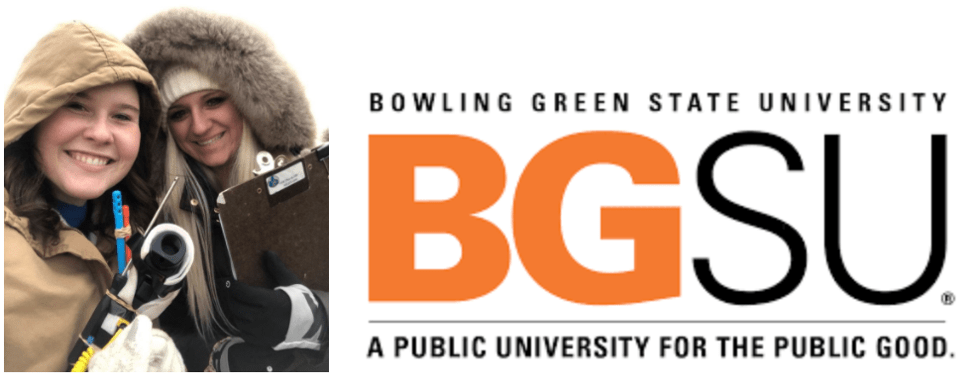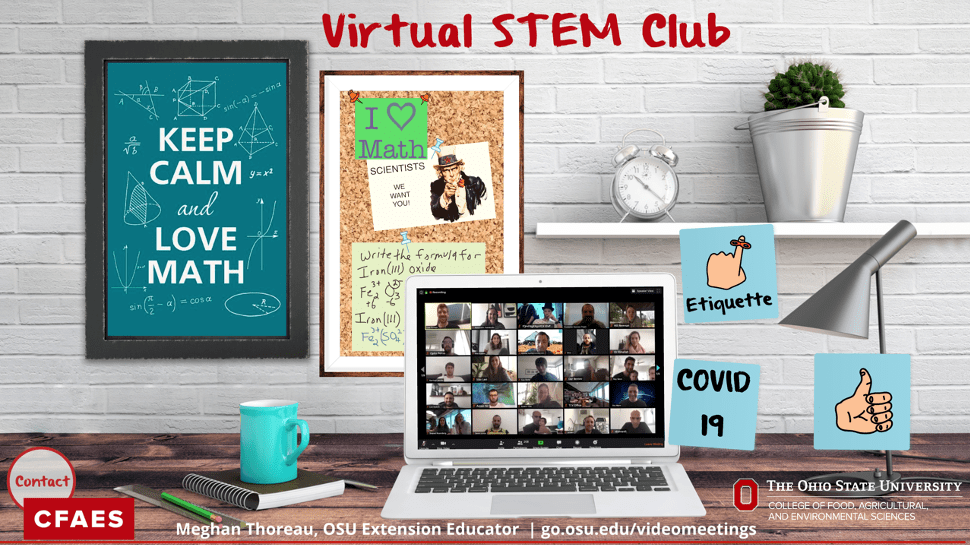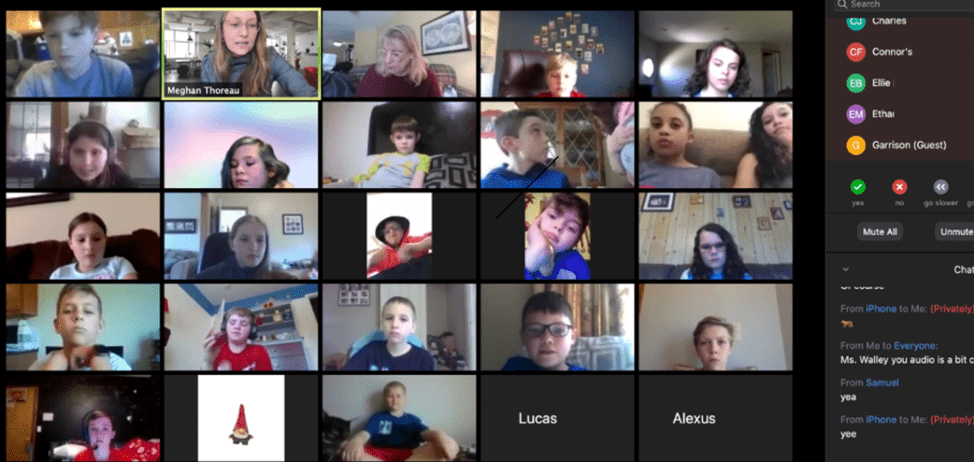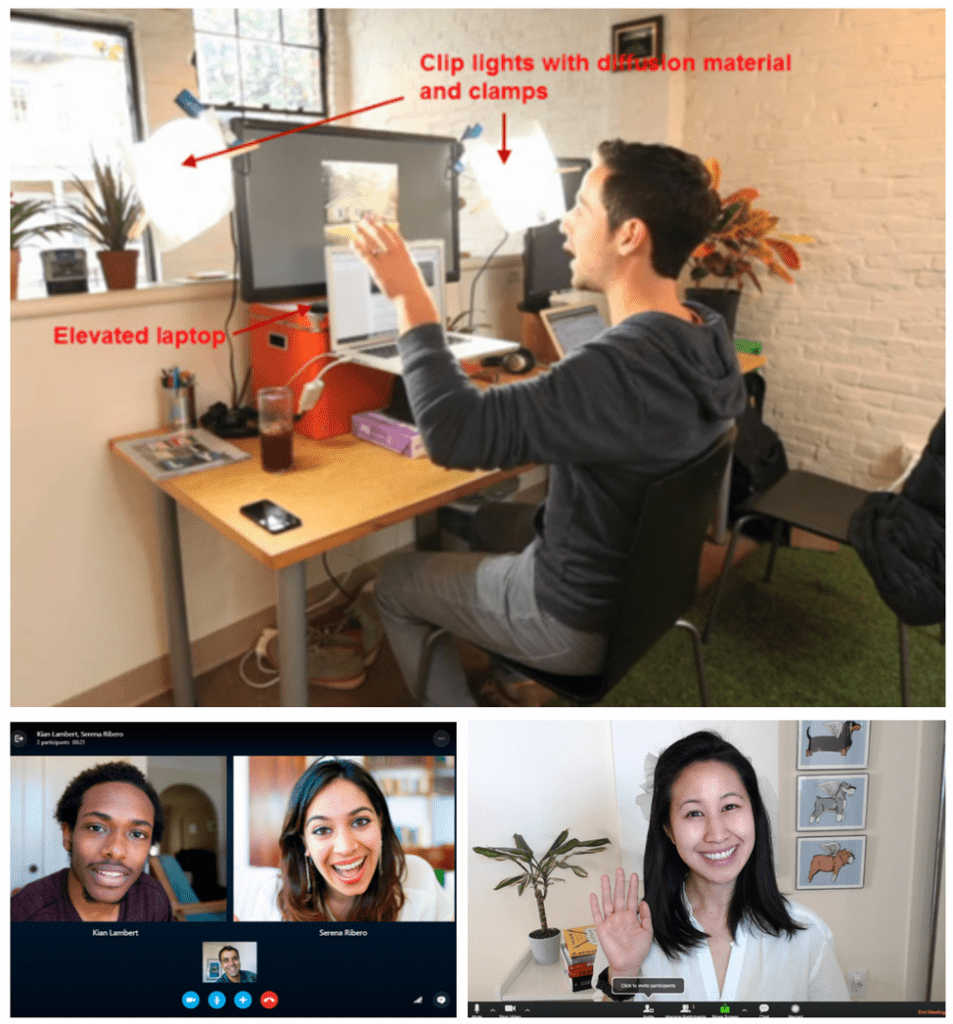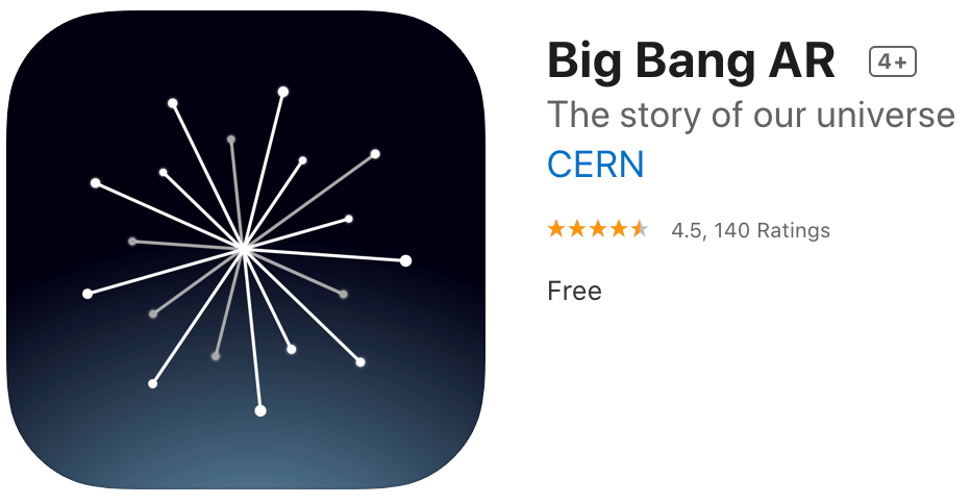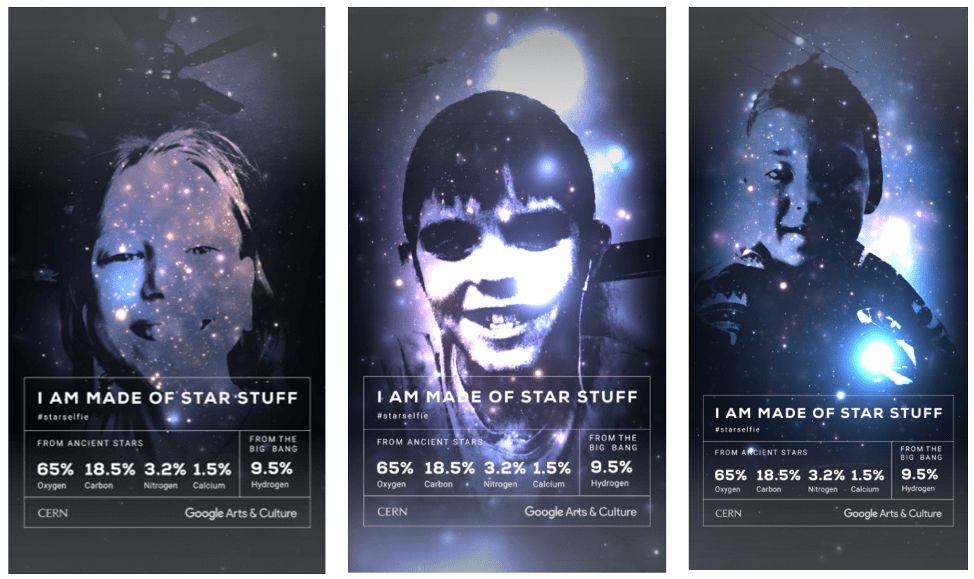Get a chance to listen to world-renowned space scientists behind innovative Mars research and the scientists who created the Mars Base Camp Challenge. If you missed this opportunity make some popcorn and click here to watch the recorded webinar now!
Meet the Scientists for the Thursday, October 1st, 7-8 PM Panel!
 Dr. Juliane Gross is an Associate Professor in the Department of Earth and Planetary Sciences at Rutgers University. Her academic interests are focused on understanding the formation of history and geochemical evolution of differentiated celestial bodies and early Solar System processes. Currently, she is investigating the mineralogy, petrology, and geochemistry of extraterrestrial planetary samples using a variety of experimental and microanalytical techniques. Dr. Gross is also a NASA Early Career Fellow.
Dr. Juliane Gross is an Associate Professor in the Department of Earth and Planetary Sciences at Rutgers University. Her academic interests are focused on understanding the formation of history and geochemical evolution of differentiated celestial bodies and early Solar System processes. Currently, she is investigating the mineralogy, petrology, and geochemistry of extraterrestrial planetary samples using a variety of experimental and microanalytical techniques. Dr. Gross is also a NASA Early Career Fellow.
 Dr. Shaunna Morrison is a Carnegie Research Scientist at the Carnegie Institution for Science’s Earth and Planets Laboratory, is co-director of the 4D Deep Time Data-Driven Discovery Initiative, and is a CheMin co-investigator on the NASA Mars Science Laboratory Mission. Her research centers around mineralogy, crystallography, planetary science, and data science applications therein. Her recent work has focused on characterizing Earth’s mineralogy through deep time and its correlation with geologic processes, its co-evolution with the biosphere, and its relationship to other planetary bodies, particularly Mars.
Dr. Shaunna Morrison is a Carnegie Research Scientist at the Carnegie Institution for Science’s Earth and Planets Laboratory, is co-director of the 4D Deep Time Data-Driven Discovery Initiative, and is a CheMin co-investigator on the NASA Mars Science Laboratory Mission. Her research centers around mineralogy, crystallography, planetary science, and data science applications therein. Her recent work has focused on characterizing Earth’s mineralogy through deep time and its correlation with geologic processes, its co-evolution with the biosphere, and its relationship to other planetary bodies, particularly Mars.
 Dr. Lujendra Ojha is a NASA, Co-Investigator of the High-Resolution Imaging Science Experiment (HiRISE) and Compact Reconnaissance Imaging Spectrometer for Mars (CRISM), a NASA science team member of the Interior Exploration using Seismic Investigations, Geodesy and Heat Transport (InSight) mission to Mars, the co-investigator of the NASA Mars Data Analysis Program on Martian Dust Devil Tracks: Albedos, Lifetimes, and Dust Deposition Rates, and an Assistant Professor in the Department of Earth and Planetary Sciences at Rutgers University.
Dr. Lujendra Ojha is a NASA, Co-Investigator of the High-Resolution Imaging Science Experiment (HiRISE) and Compact Reconnaissance Imaging Spectrometer for Mars (CRISM), a NASA science team member of the Interior Exploration using Seismic Investigations, Geodesy and Heat Transport (InSight) mission to Mars, the co-investigator of the NASA Mars Data Analysis Program on Martian Dust Devil Tracks: Albedos, Lifetimes, and Dust Deposition Rates, and an Assistant Professor in the Department of Earth and Planetary Sciences at Rutgers University.
Need Help thinking of a Question? Here are some Tips
You have heard the phrase “there are no dumb questions”. This is very true when we are trying to encourage your creativity and passion for science.
Most youths are curious about what it’s like to be a NASA or space scientist – the challenges, daily routines, and technology. In addition, you may want to know more about scientists’ motivation, career path, and inspiration. We definitely encourage these types of questions! Please prepare for this unique experience by reviewing these websites to help think of a question:
NASA – Mars Exploration Program
Video of the Launch of Perseverance Rover
Get a Close up Look at the Rover
A quick look at what we know about Mars
Please note, registration is first come first served, so do not wait! Register for the panel and our 4-H STEM Mars Basecamp Challenge! You MUST register for the Oct 1st panel to attend the Oct 3rd challenge. Once you register, the Mars kits will be mailed to you directly!
Invite a Friend! Use these flyers to spread the word about this event
The 2020 4‑H STEM Challenge will explore sending a mission to Mars with the activity, Mars Base Camp. Developed by Google and Virginia Cooperative Extension, Mars Base Camp is a collection of activities that teaches kids ages 8-14 STEM skills like mechanical engineering, physics, computer science, and agriculture.
The Scientist Panel is Co-sponsored by the Free Public Library of New Brunswick, NJ

ENIGMA: Searching for Life on Other Planets
Are we alone in the Universe? To answer this fundamental question, scientists from Rutgers University and NASA are going all the way back to Earth’s beginning — back before there were people, dinosaurs, or even plants!
Video Lecture Coming Soon!
Figuring out how life developed on this planet will be key to discovering if or how life could have formed on other planets, including Mars. As part of the 2020 4-H Mars Base Camp STEM Challenge, ENIGMA’s goal of finding where, how, and why the key ingredients of life develop will be a critical part of any Mars mission.
Learn More About the 2020 4-H STEM Challenge
More ENIGMA resources for students and educators
World Ocean Week
On our blog, we posted a week-long series of activities in celebration of World Ocean Day 2020. Those activities have been archived here for use during any time of the year. The activities have been bundled together as an interactive slide deck, which you can check out below!
Virtual STEP Clubs
Join us for a STEM-related virtual Short Term Exploratory Program (STEP). Young people in grades 5-8 are invited to join us for three consecutive sessions to explore a science theme with a real scientist. Sessions are limited to 30 youth to engage in interactive science activities developed from current research projects. Youth will join the fun online via Zoom videoconferencing for these one-hour sessions.
Explore Life in the Southern Ocean
Help identify some of the amazing marine organisms that live in Antarctica! Join Andrew Corso, a Ph.D. candidate at the Virginia Institute of Marine Science, and identify “mystery” creatures from his recent research cruise off the coast of the Western Antarctic Peninsula. Youth will learn how to use a dichotomous key and will receive at-home challenges to explore and discuss with their family, friends, and online STEP club participants.
*This program has concluded – but you can follow along by using the resources and recordings posted below. The slide deck is a visual, Internet-powered walkthrough of the activities listed on the table.
Have fun exploring the Southern Ocean!
| Date | Adventure |
| April 1; 3pm-4:15pm EDT | Observing predators and prey in Antarctica
Before you get started, get oriented: Antarctica Worksheet Then, check out this photo and see if you can identify the predator and prey using the key: Week 1 Mystery Creature and Dichotomous Key Watch the recording to learn more and find out the answers: Link to Recording of Andrew Corso’s Science Talk |
| April 8; 3pm-4:15pm EDT | Exploring the Penguin Populations at Palmer Station Antarctica
Download this week’s mystery creature and see if you can identify the two circled species: Week 2 Mystery Creature and Dichotomous Key Watch the recording to learn more and find out the answers: Link to Recording of Andrew Corso’s Science Talk Explore more penguin data: What can penguins teach us about the ocean? – Project SWARM Penguin Propulsion Video from BBC Wonder of Animals series |
| April 15; 3pm-4:15pm EDT | Fish of Antarctica
Download this week’s mystery creature and see if you can identify this larval fish: Week 3 Mystery Creature and Identification Key Watch the recording to learn more and find out the answer: Link to Recording of Andrew Cross’s Science Talk Explore more about these unusual Antarctic fishes with this Polar Data Story! |


















